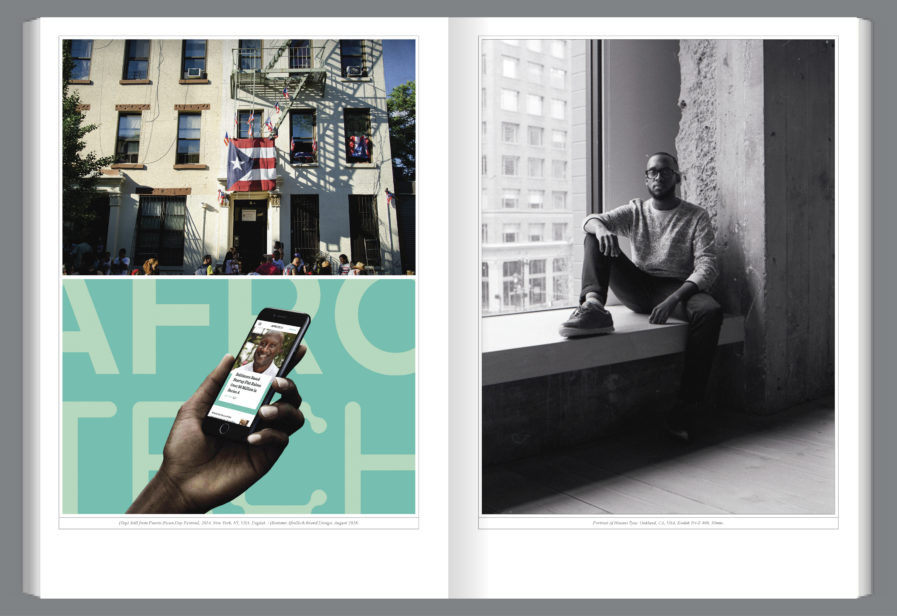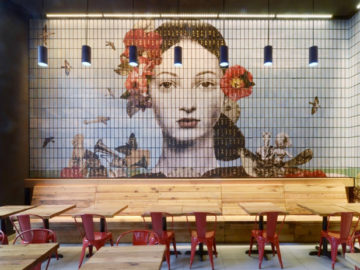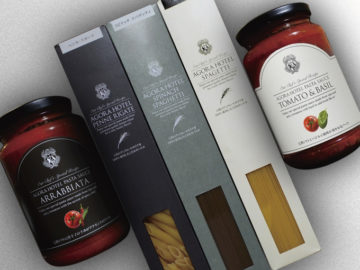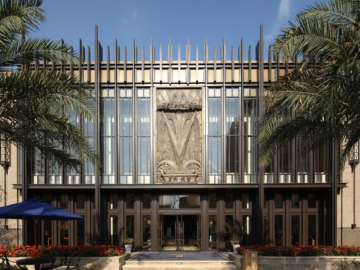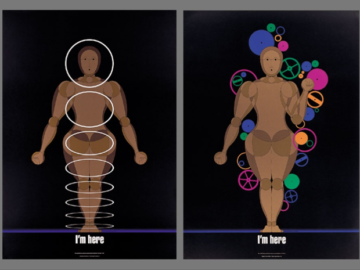We at Graphis are so thankful for our board members, we’ve deceided high time everyone met them!
Growing up just a few minutes west of Chicago, Quinnton Harris is a creative director and entrepreneur based in New York City. He is passionate about leading teams and developing creative talent. He specializes in building compelling and authentic brand experiences for companies and entrepreneurs. A graduate of MIT, Quinnton’s has excelled amongst the best of the best, serving as an art director at Digitas, lead creative for recently Procter & Gamble acquired Walker & Company Brands (makers of the brand Bevel), inaugural creative director at Blavity, group creative director & global lead of computational design at Publicis Sapient, and now cofounder and CEO of Retrospect, a creative and tech studio.
Outside of work, creative expression always finds its way to Quinnton’s atmosphere. Whether he is creative directing photoshoots, organizing nature walks with his friends, or inspiring creativity and diversity through collectives like KOR photography group and Hella Creative, Quinnton’s impact is both broad and deep.


